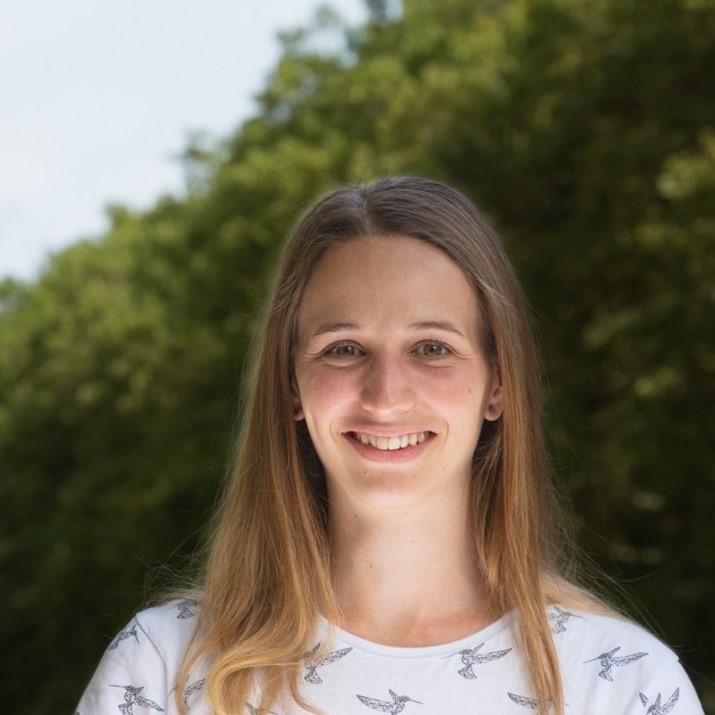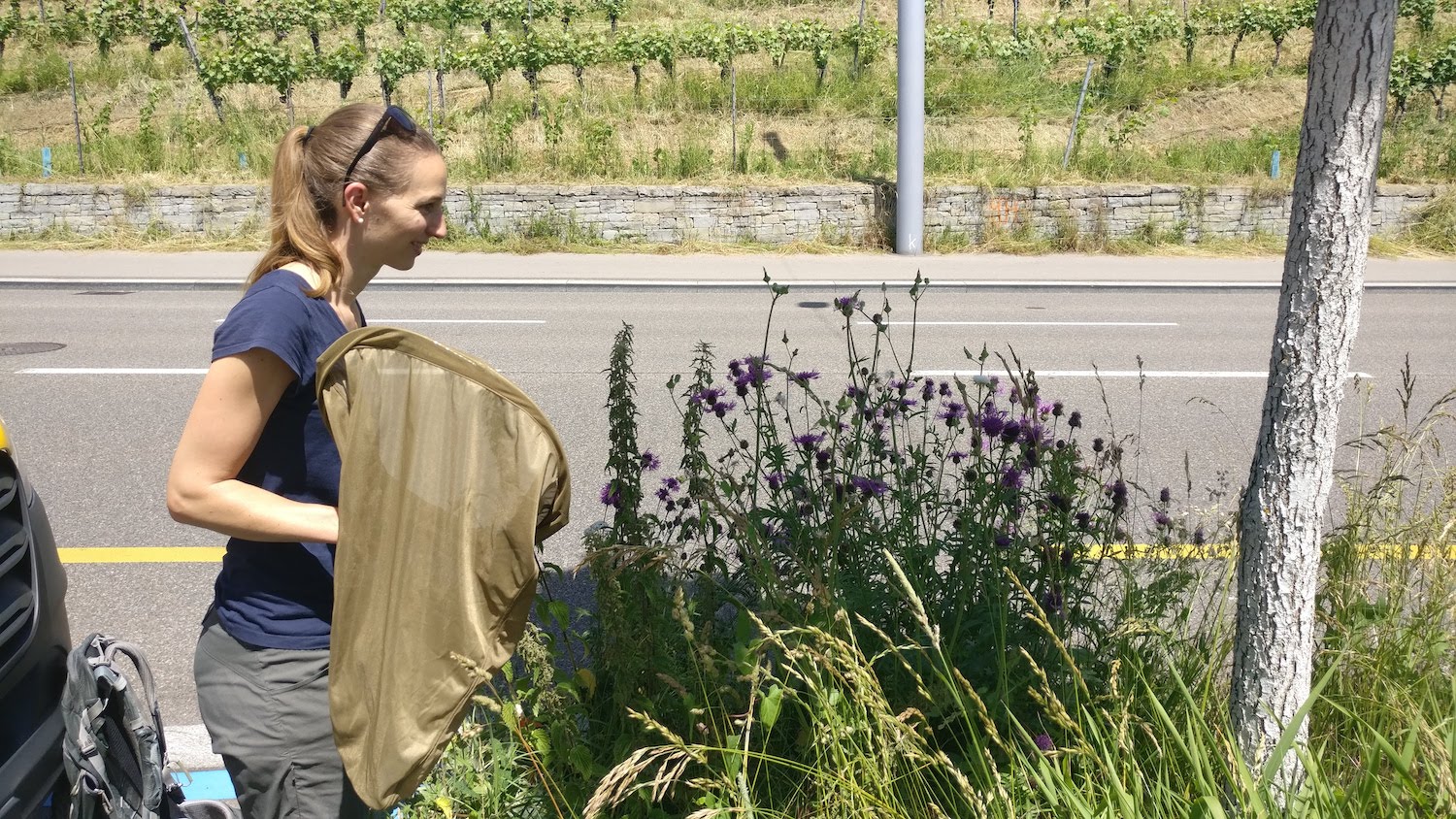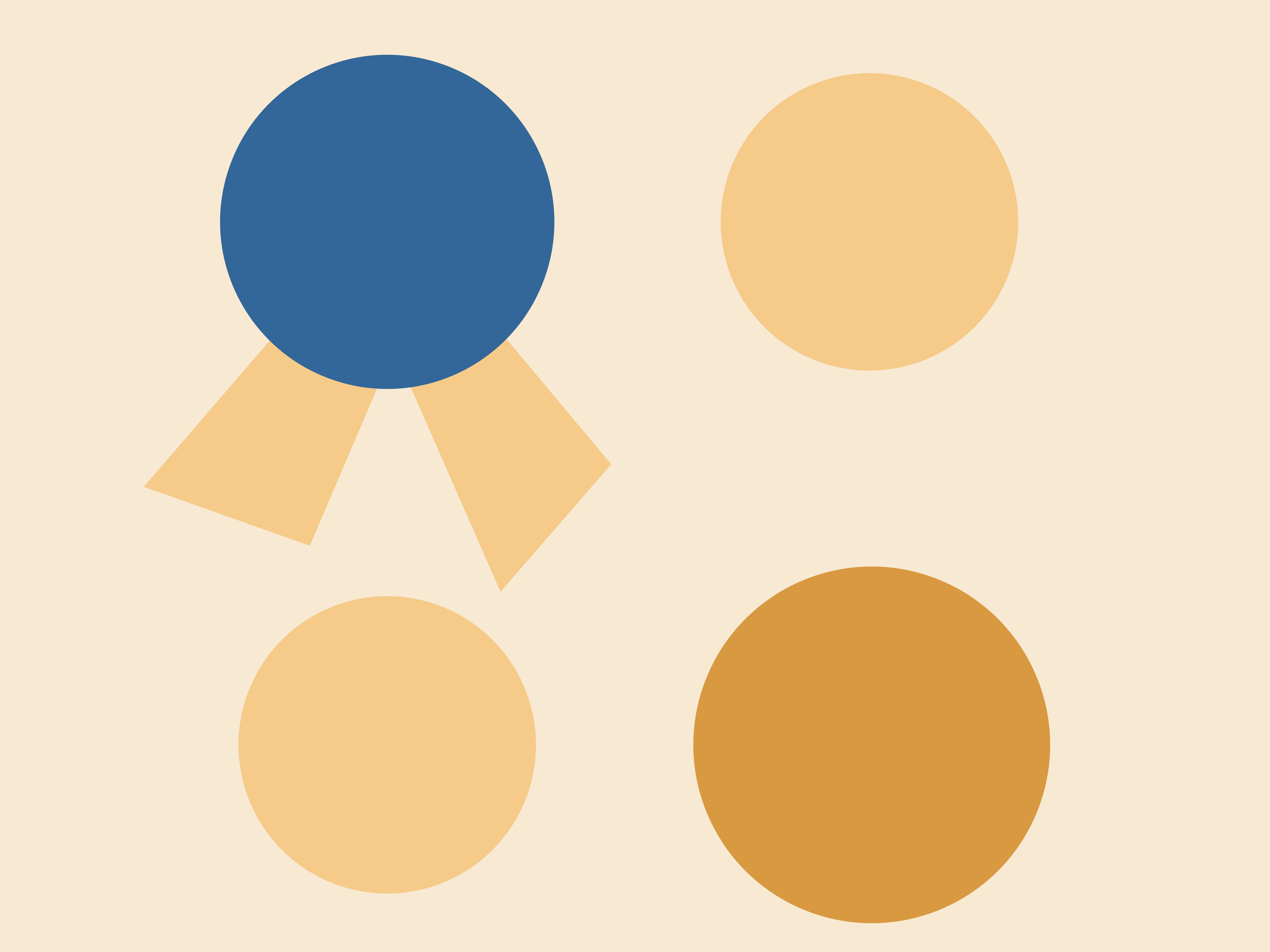Small insects with a big impact
Bees and butterflies play an important role in the pollination of wild and cultivated plants, but are under particular pressure in urban areas. The Seed Grant project "B3 - Bienen, Baumscheiben und Bestäubung" investigated whether a greater diversity of plants in the city of Zurich has a positive effect on the number of insects. We spoke to Anouk Taucher and Kevin Vega about the project and wanted to know what conclusions were drawn and what impact the project has had.
Author: Ursina Roffler
The interview was conducted in writing and in German.
Pollinating insects play an important role. Around 80 % of wild and cultivated plants depend on their pollination. A dramatic decline in bee and butterfly species is particularly noticeable in cities. Pollen shortages and habitat fragmentation are affecting urban biodiversity. But with the right planning and management, cities can be a veritable refuge for pollinators. This can be achieved by means of small areas of vegetation, which today make up a large proportion of public green spaces in densely populated cities. Recent studies have shown that the plant diversity and ecological value of these small green spaces are often overlooked and underestimated1. Based on this, the Seed Grant project "B3 - Bienen, Baumscheiben und Bestäubung ", together with volunteers, investigated whether greater plant diversity also leads to a higher number and diversity of pollinating insects in the city of Zurich.
Ursina Roffler: Ms. Taucher, Mr. Vega, can you briefly summarize what the Seed Grant project "B3 - Bienen, Baumscheiben und Bestäubung" was about? Also, with regard to Citizen Science.
Anouk Taucher: The project started in spring 2021 and was designed to run for two years. On the one hand, we wanted to raise public awareness of flower-visiting insects and their needs, and on the other hand, we investigated the role of small, urban green spaces for these species groups. As part of the project, a wide range of information about wild bees and butterflies were published on the reporting platform zuerich.stadtwildtiere.ch. Together with volunteers, we also carried out systematic documentations of flower visitors in public green spaces in the city of Zurich.
Kevin Vega: From our previous research, we knew that small green spaces can harbor an astonishing diversity of plant species for their size. We wanted to test whether this pattern also applies to pollinators and use the results to develop recommendations for the design and maintenance of green spaces.
Recruiting volunteers is often a challenge in Citizen Science projects. Especially when participation is time-consuming and extends over a longer period of time. How did you find your volunteers? And what worked well, what worked less well?
Anouk Taucher: As we have been working with Citizen Science as part of the StadtWildTiere Zürich project since 2013, we were able to build up a pool of volunteers during this time and draw on them for this project. In addition, we used various channels to contact interested people who wanted to take part in the project. In the first year, 20 people and in the second year 36 people took part in the systematic documentation. As you can see from these figures, significantly more people took part in the second year. Publicizing a project takes time, so communicating the results of the first year also helped us to find more interested people for the second field season.
The volunteers' involvement in your project was relatively time-consuming. After training, the volunteers regularly examined and documented the flower visitors in a selected area in the city of Zurich. How did this exactly work and were there any challenges to overcome?
Kevin Vega: In a first step, the volunteers docuemented the vegetation in the study area, then they counted all flower visitors for 10 minutes and classified them into categories. For another 10 minutes the wild bees and butterflies were then photographed and in a final round, this time for 15 minutes, the volunteers caught the bees and butterflies with a net, identified them whit an identification key, and finally released them again. The fieldwork could be carried out relatively flexibly on nice days. Catching the flower visitors in the last round proved to be somewhat more difficult.
Anouk Taucher: This part in particular was too challenging for many of the people involved. Catching and identifying very small wild bees in particular was incredibly difficult. For this reason, we decided to omit this part in the second year. However, as we still wanted to offer the participants the opportunity to learn more about the diversity of wild bees, we held a 2-hour identification course for those interested.
In the project proposal, you stated that you hope to reconnect an urban population with the ecology and beauty of mutualistic plant-pollinator interactions in front of their homes. Do you think you have achieved this?
Kevin Vega: In addition to the project described above, we carried out the "Mehr als Unkraut" campaign in both years, which focused on the importance of roadside flora as food and habitat for small wild animals. Volunteers wrote the names of the accompanying flora with chalk on the sidewalk next to the plants. This "guerrilla action" took place on behalf of Abenteuer StadtNatur and was accompanied by media coverage.
Anouk Taucher: In the second year of the project, we also held a photo competition in which 34 people took part with 123 photos. We also held a "Stunde der Blütenbesucher", where anyone could participate. Therefore, an area of 1 m2 was observed for one hour and all flower visitors were photographed and uploaded to the reporting platform. The topic was very well received in the media and widely communicated, so I think we succeeded in bringing the topic of pollinators closer to the urban population.
Based on the data collected, you wanted to investigate how the size of the green spaces, connectivity and flower diversity affect the diversity of pollinator species. What did you find out?
Kevin Vega: Although more wild bees were detected in the 1 m2 study areas in large green spaces, it was shown that even small green spaces can have an astonishing potential for a large diversity of wild bees. This means that even small areas can make a significant contribution to wild bee diversity in urban areas. We were somewhat surprised by the decreasing supply of flowers over the course of the season. In summary, it can therefore be said that it is important to promote a diverse and constant supply of flowers throughout the season on as many green spaces as possible - whether large or small.
The results of the project are certainly of great interest to the city of Zurich. Are you in contact with the city administration? Are you planning to present the results to political decision-makers? Or what will happen with the results?
Kevin Vega: We presented the results to representatives of Grün Stadt Zürich and also sent them the data and the report. We therefore hope that the findings will be incorporated into the future planning and maintenance of green spaces.
Anouk Taucher: In addition, practically anyone living in the city can do something themselves to promote wild bees. With just a few square meters on the balcony or in the garden, wild bees can be encouraged by sowing flowering plants.
The Seed Grant project has been completed since December 2022. Is that the end of the project, or will it continue in some way?
Anouk Taucher: Observations of wild bees and butterflies can still be reported via the reporting platform, but for the time being the project in Zurich has been completed. In St.Gallen we carried out a follow-up project last year (in Lucerne the project will be carried out this summer), whereby so-called "wild bee islands" are mapped and photographed three times over the course of the season. This also helps to show how fluctuating the supply of flowers is over the course of the season. The aim of this project is to create a wild bee corridor across these two cities.
What do you personally take away from the project?
Anouk Taucher: I also took part in the systematic observations myself. The most impressive thing for me was the diversity of wild bees that can be found in the short recording time and the relatively small recording area. I was also impressed by the high proportion of honey bees in the bee diversity. The project has certainly changed my view of pollinators in the city. The field recordings also made me realize how few flowering plants there are in summer after the first cut has taken place.
Kevin Vega: I also took part in the recordings. I was really impressed by the sheer diversity of wild bee species that could be found even in the rather small green spaces. Even more impressive to me was the volunteers' commitment and interest in learning about these pollinators. I had expected the public to be interested in hedgehogs or squirrels, but was pleasantly surprised at how interested they were in these small insects.
Thank you very much for the interview.

About Anouk Taucher: Anouk Taucher works as a project manager in the StadtWildTiere project. She has been involved in various projects relating to citizen science, urban ecology and wildlife research for 9 years.

About Kevin Vega: Kevin Vega works as an urban ecologist at the ETH and studies urban soils and the biodiversity of wild plants. He also works for the consultancy Second Nature, where he designs biodiverse green spaces and species-specific measures for cities and private companies.
1 Promoting wildflower biodiversity in dense and green cities: The important role of small vegetation patches https://www.sciencedirect.com/science/article/pii/S1618866721001904



